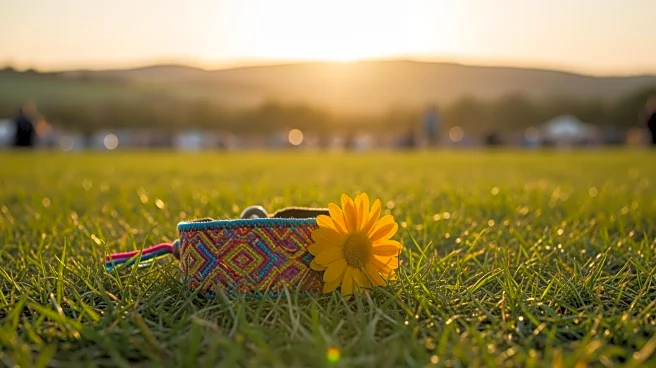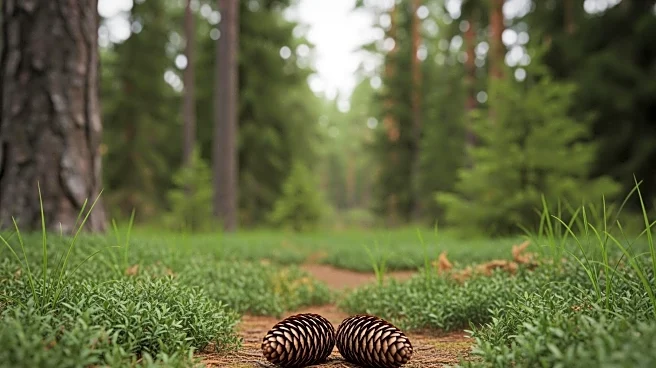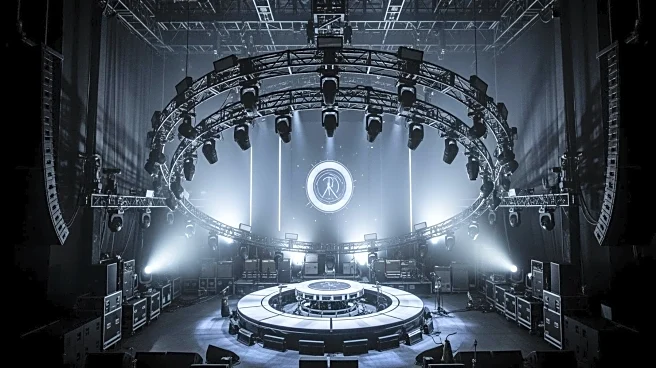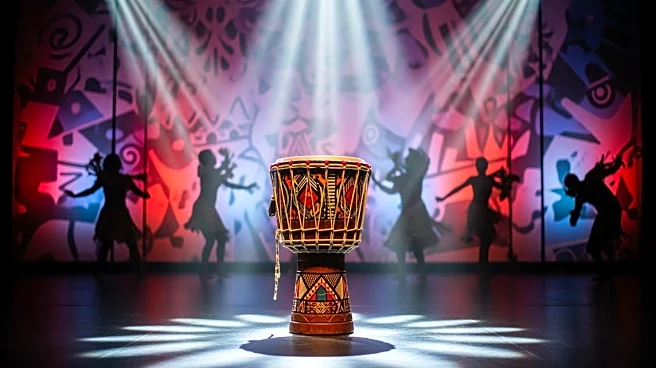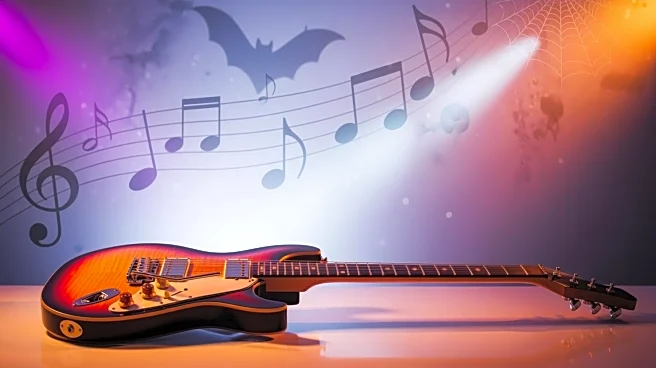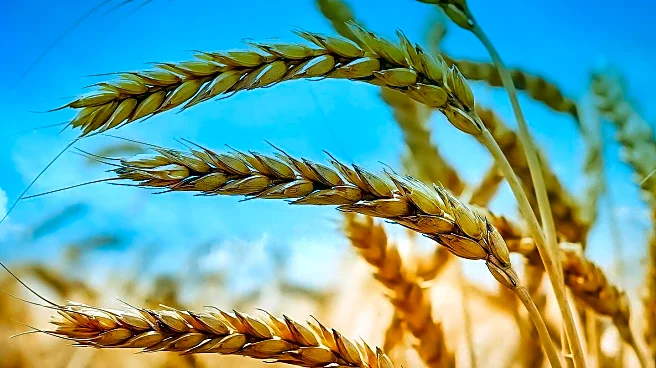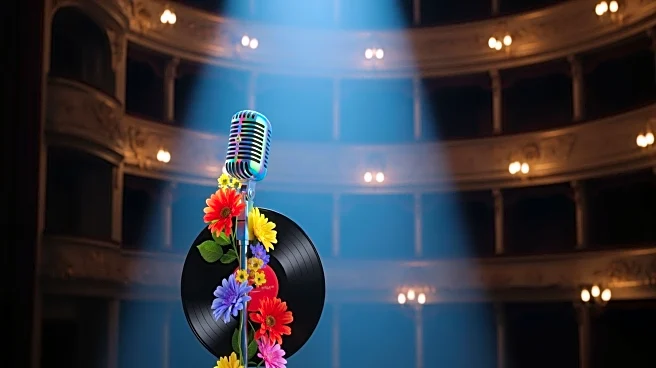What's Happening?
The Glastonbury Festival, originally known as the Pilton Pop, Folk and Blues Festival, has evolved significantly since its inception in 1970. Initially attracting around 1,500 attendees with a ticket price
of £1, the festival has grown into a major cultural event, now accommodating up to 210,000 attendees. Over the years, it has hosted legendary musicians such as T. Rex, David Bowie, and more recent headliners like Dua Lipa and Coldplay. The festival is held annually at Worthy Farm in Pilton, Somerset, and has become a symbol of music and cultural diversity.
Why It's Important?
Glastonbury Festival's growth reflects broader trends in the music industry and cultural events. It has become a significant platform for artists, influencing music trends and providing exposure to emerging talents. The festival's partnership with organizations like the Campaign for Nuclear Disarmament highlights its role in promoting social and political causes. Its evolution from a small local event to a global phenomenon underscores the increasing importance of live music experiences in the digital age.
What's Next?
The festival continues to innovate, with plans for future events already underway. Organizers are focusing on sustainability and inclusivity, aiming to reduce environmental impact and broaden the range of performers. The next festival is expected to feature a diverse lineup, continuing its tradition of showcasing both established and emerging artists. As the festival prepares for its next edition, it remains a key event in the global music calendar.
Beyond the Headlines
Glastonbury's impact extends beyond music, influencing fashion, lifestyle, and social movements. It has become a cultural touchstone, reflecting and shaping societal values. The festival's commitment to environmental sustainability and social justice issues highlights its role as a leader in promoting positive change. As it continues to evolve, Glastonbury remains a powerful symbol of creativity and community.
